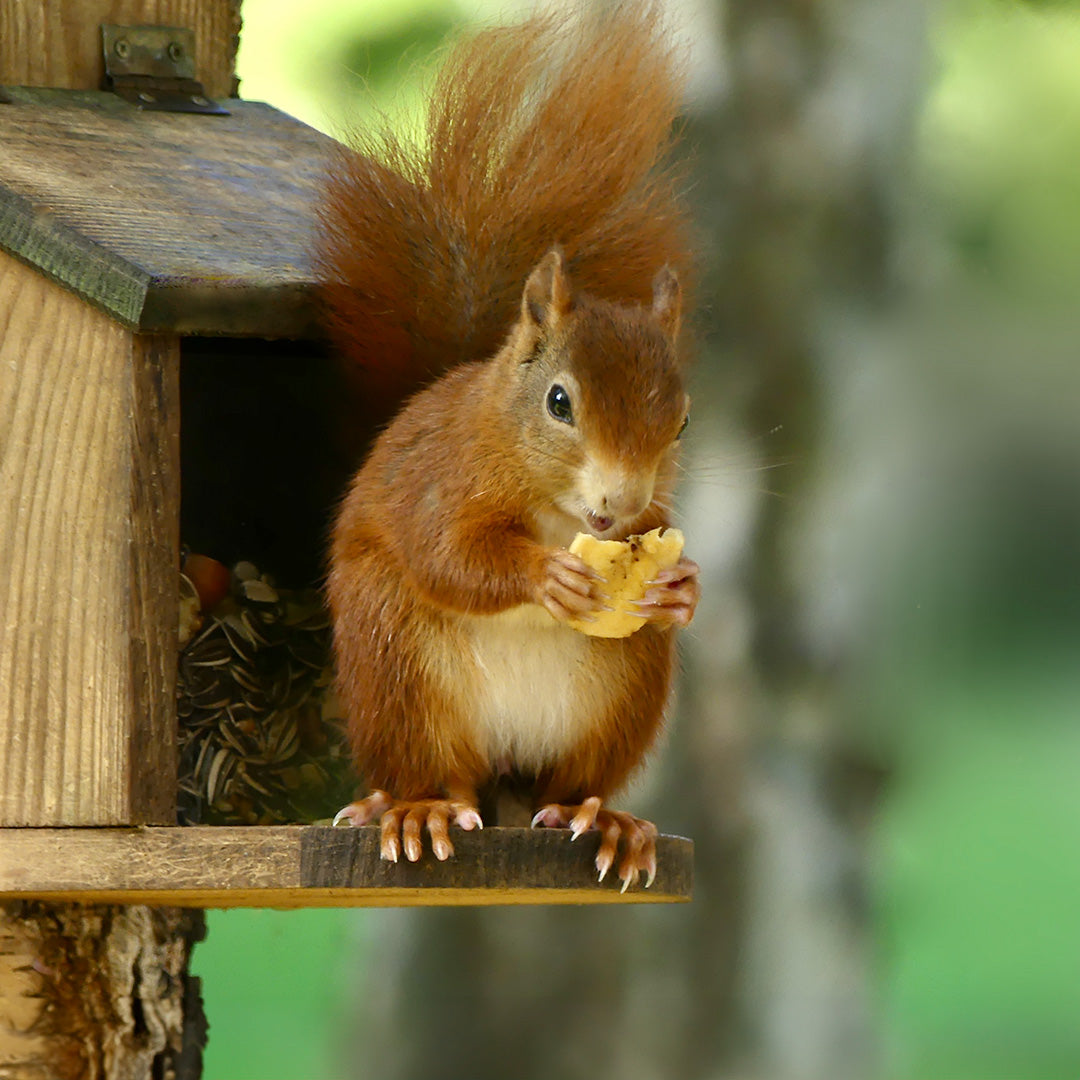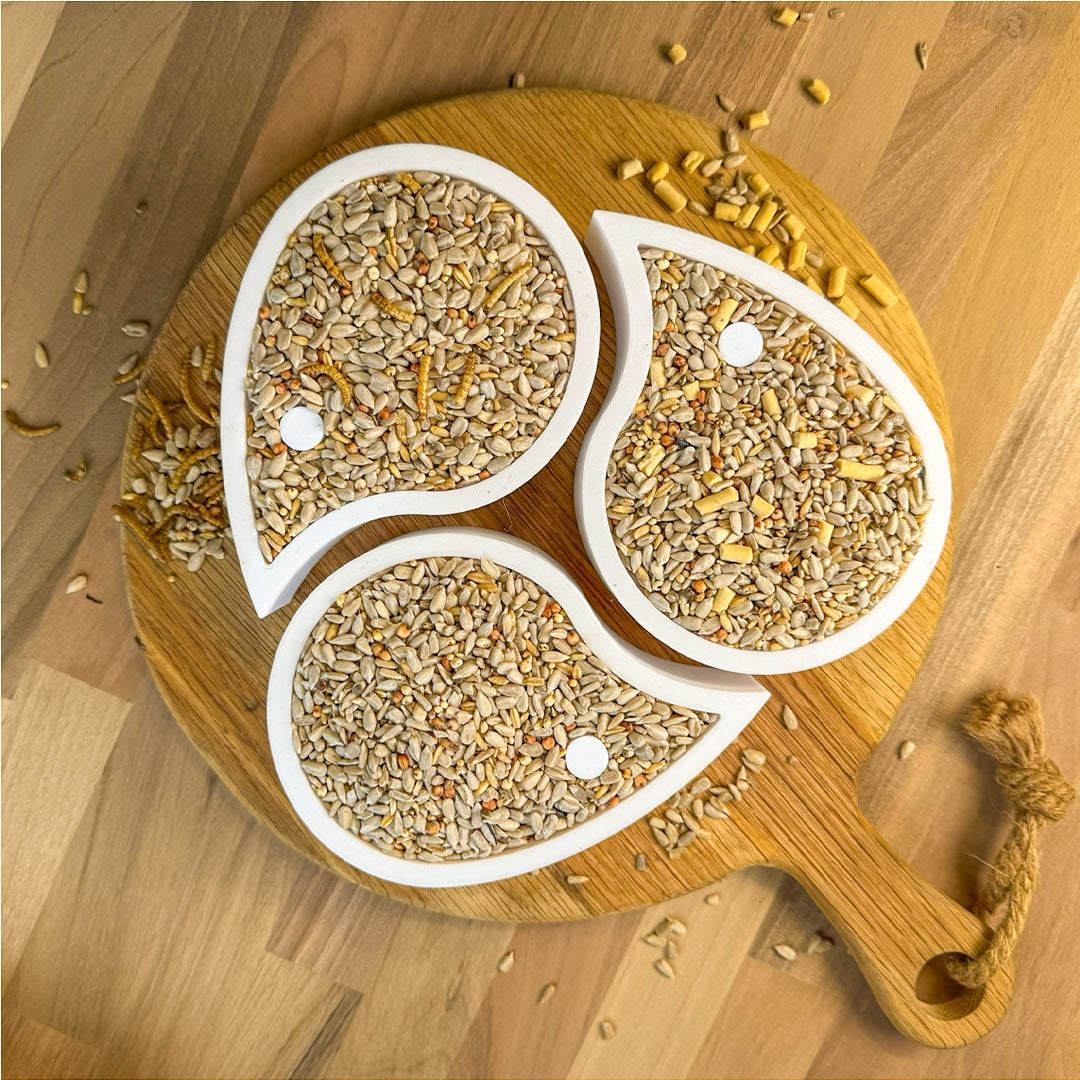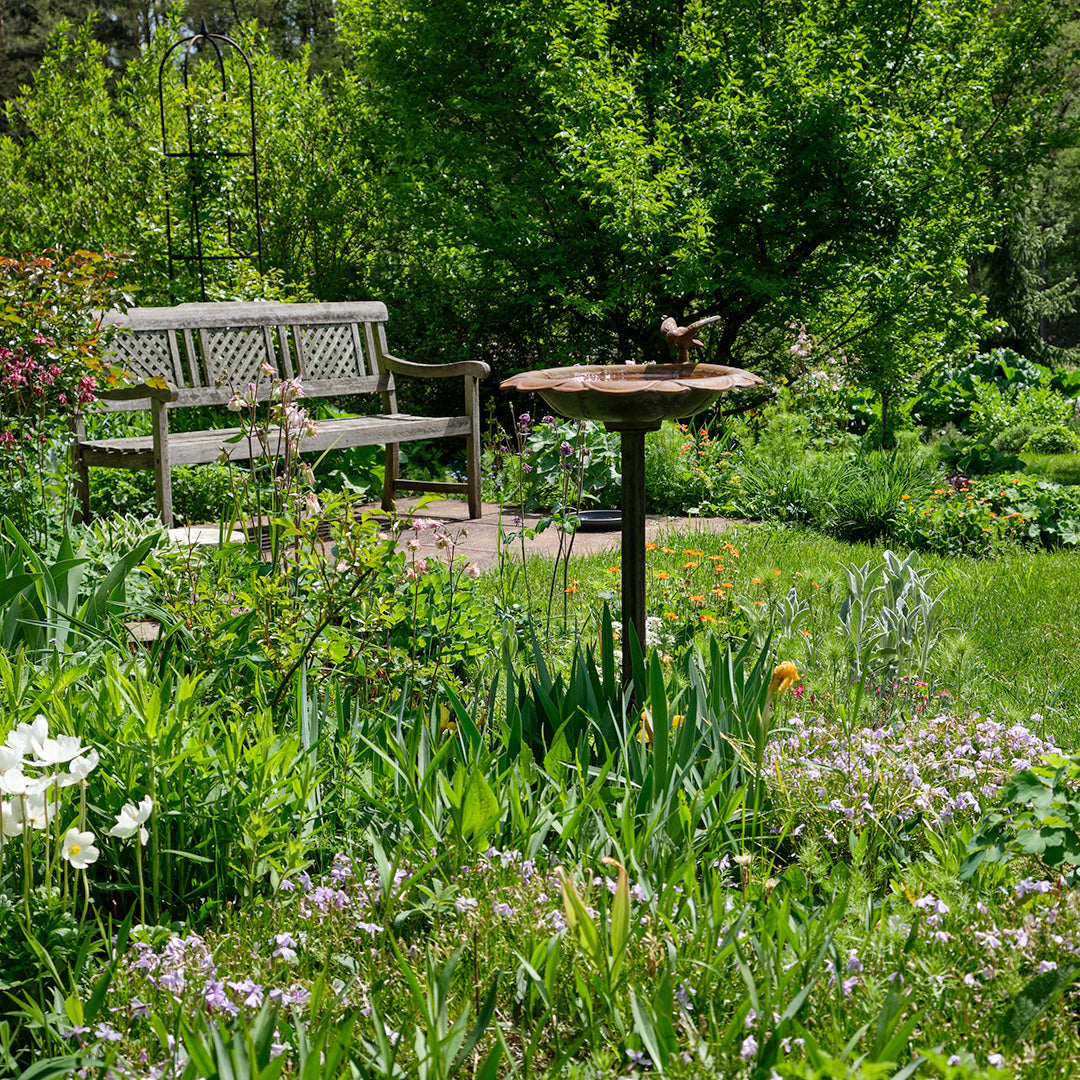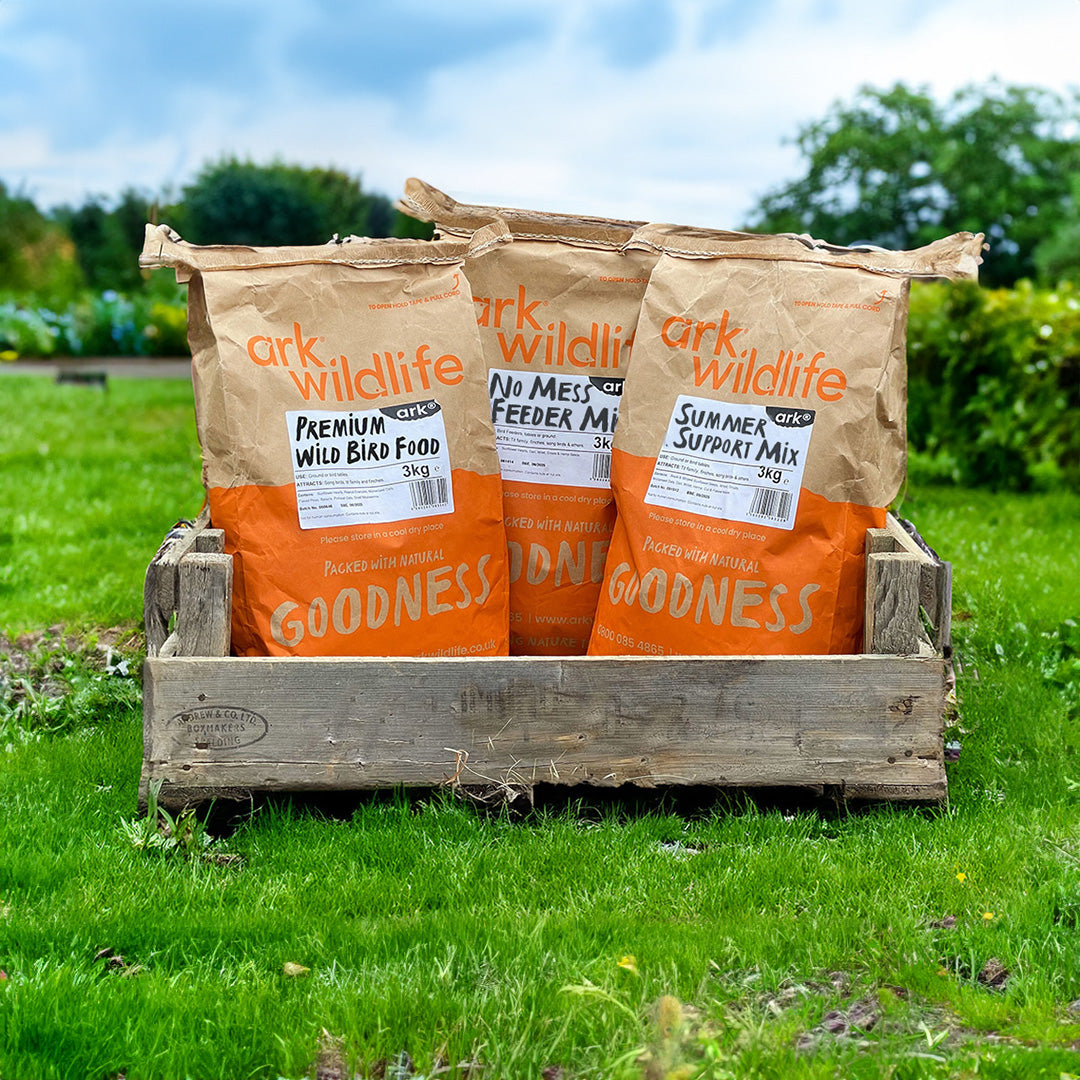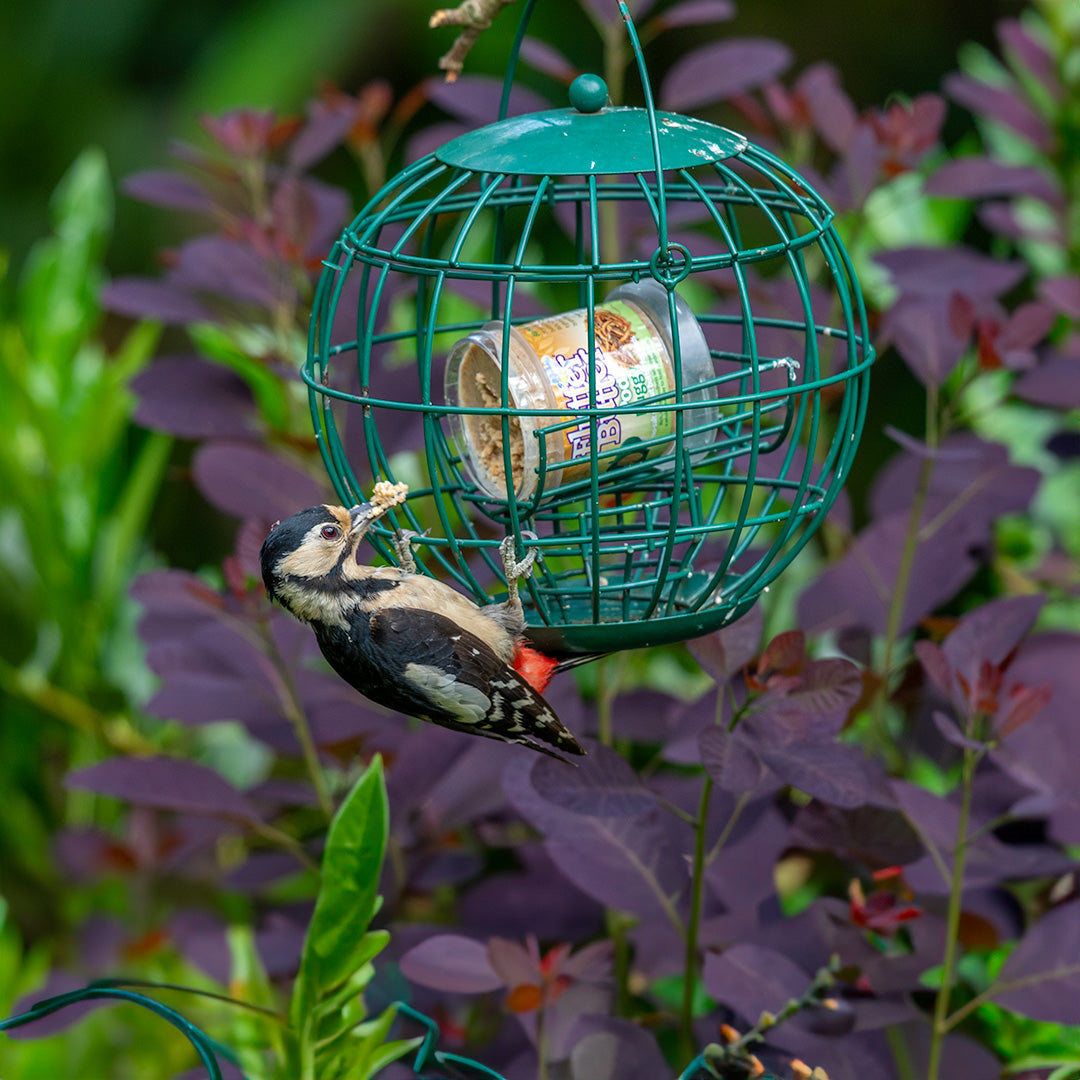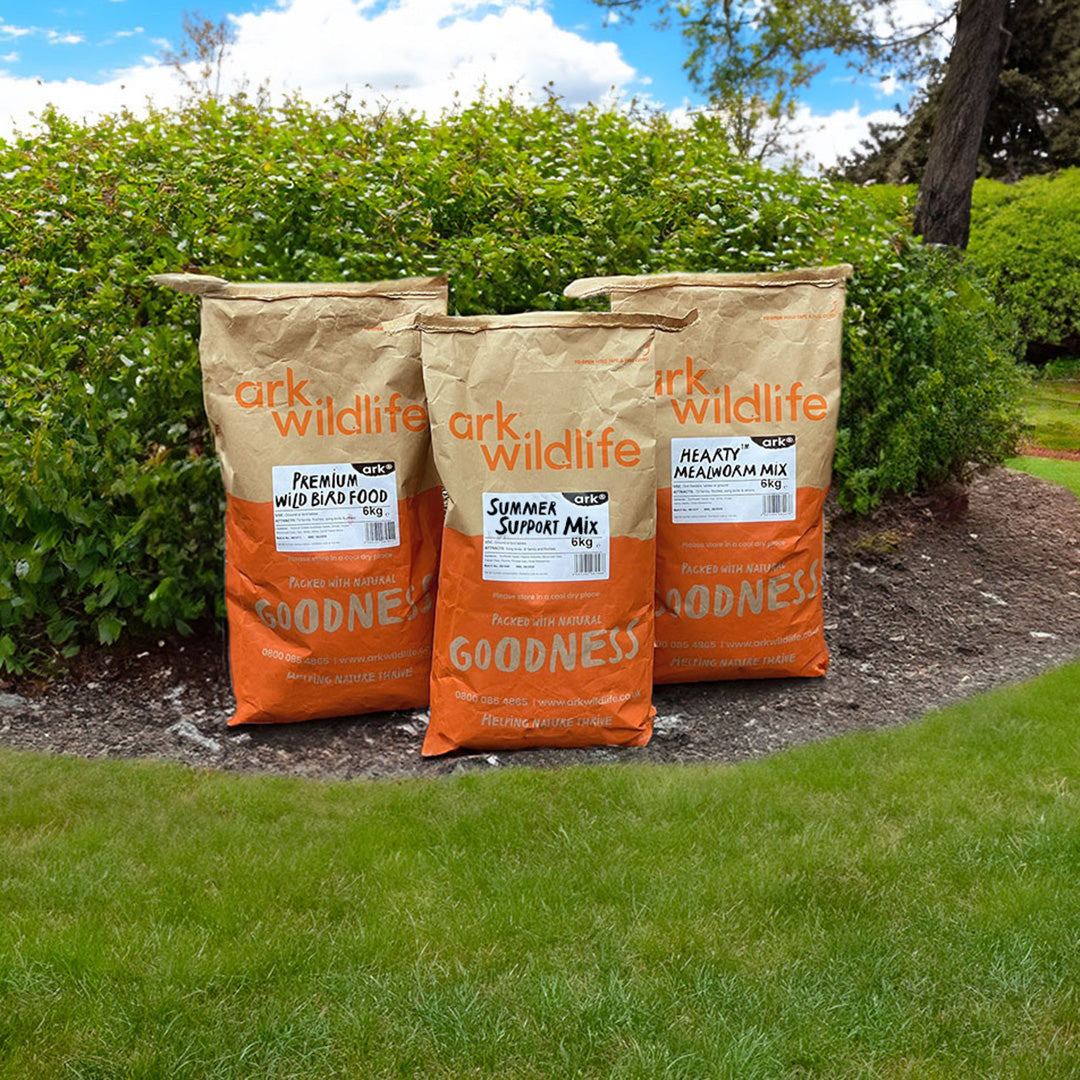Mistletoe is a parasitic plant, living on the branches of a host tree. Although it can photosynthesise through its own green leaves, it derives almost all its energy by tapping into the sap of its host tree, typically apple, hawthorn, polar or lime, among several species.

Mistletoe folklore and myth
Mistletoe is fascinating, steeped in folklore and myth. Even its common name is unknown but possibly from old German, as mist means dung and tan means twig or branch. Mistletoe could therefore be translated as dung-on-a-twig, presumably referring to its habit of being spread through bird droppings.
Mistletoe has white berries that birds, especially the thrush family, love to eat. However, inside this tasty berry lays a trap, the seed is wrapped in viscin an extraordinarily sticky mucilaginous sap. It is also indigestible and passes through the bird retaining its gluey coating. Due to this enduring sticky quality mistletoe seeds often get stuck firmly on birds’ beaks or other parts causing such irritation the birds try to rub them off on tree branches, thus firmly planting them in ideal locations to germinate.

The origins of kissing under the mistletoe
Mistletoe is very slow growing, in the first year they simply develop their root connection with the host tree by digging through the bark and entering the sap vessels. In the second year a single shoot with two leaves will appear. From the third year on each shoot will produce just two new branches with a pair of leaves on each and during the fourth or fifth year, these will be joined by flowers and on female plants berries.
In history and folklore mistletoe is widely considered to represent luck, health and in many cultures, fertility. The druids used mistletoe to ward off evil spirits, which may be the origin of us hanging it over doorways. So important was it to the druids, that battles would be called off or truces agreed if mistletoe was found growing within sight of the battlefield. The Romans believed it was a medicinal cure-all and prescribed it liberally but now we know it’s poisonous and will give you a bad tummy at best! More recently in England hanging mistletoe at Christmas gave men permission to kiss the women. Today while the tradition persists, men now seek permission before the kiss and rightly so, because they were expected to marry the girl after the kiss!

Fertility is also closely associated with mistletoe and is likely to be due to its evergreen nature meaning it shows conspicuously green during the winter on its bare host. It can also suddenly and magically turn golden yellow as a result of nutrient loss when its host’s sap stops flowing, resulting in an even more striking winter display.
This is the astonishing mistletoe, celebrated for bringing health, luck and fertility. Not a bad reputation for a poisonous parasitic plant, propagating itself by sticking to birds’ bits!
External Internet Links
RHS - How to grow your own mistletoe
Is mistletoe poisonous?
KEW - Surprising facts about mistletoe



